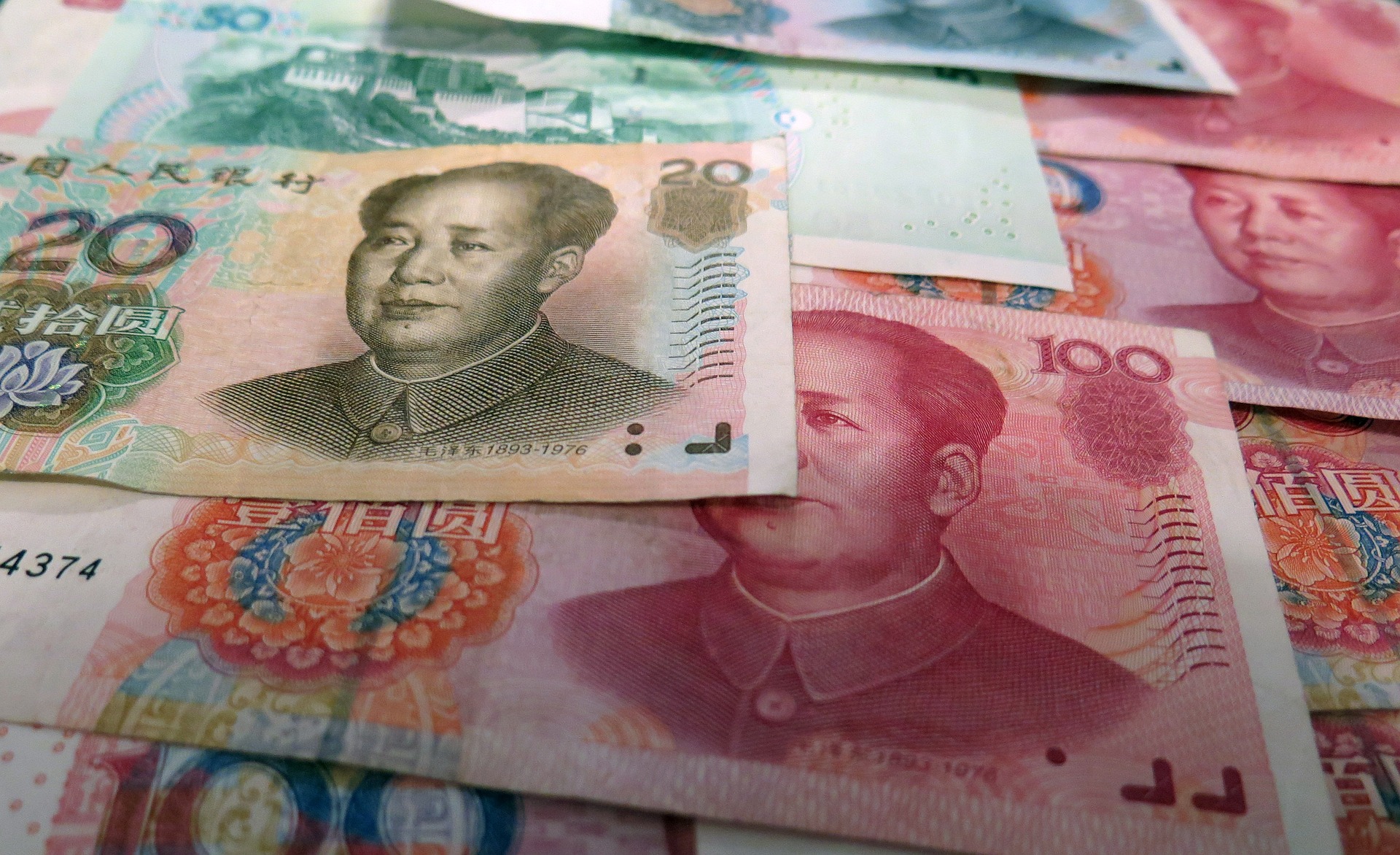In the CEE countries, Chinese investments amount to a little more than 1 per cent of China’s total commitment in the EU – the 11 EU members attracted in total less Chinse FDI than Finland. This shows that what counts for Chinese investors is primarily technology, small deposits of which were bought out long time ago in CEE.
The March 2019 report from MERICS and the Rhodium Group showed a substantial decline in Chinese Foreign Direct Investments (FDI) inflow in the European Union over 2018. Their value last year amounted to EUR 17.3 billion, noting a 40 per cent decrease compared to 2017 and over 50 per cent compared to the record-breaking EUR 37 billion in 2016. These numbers come without surprise conforming into the overall trend of the global decline in Chinese FDI flows. Among the reasons for the growing passivity of the Chinese investors abroad one can point to the screening mechanisms fueled by the concern for protection of sensitive sectors in several European Union (EU) countries as well as China’s stepping up restrictions intended to curb the outflow of capital and the overall economic slowdown of Chinese economy in the perspective of the trade war with the United States. One-third of China’s investment commitment in the EU last year concentrated – traditionally – in Germany (USD 10.7 billion, a decrease by 22 per cent). The most substantial Chinese investment in Germany, that is the purchase of shares in Daimler by the Chinese automaker Geely for USD 8.7 billion, was at the same time the biggest in the EU.
And how are the Chinese investments in Central and Eastern Europe (CEE) then? All quiet on the Eastern front. In the CEE countries, Chinese investments have also been on the decline amounting to a little more than 1 per cent of China’s total commitment in the EU. What is more, the signals about the possible outflow of Chinese capital appeared in the country, which was in particular to benefit economically from the political warm-up with China – the Czech Republic. As announced recently, the Chinese company CEFC is supposed to sell out shares acquired in 2015 in Empresa Media – a company owned by media mogul and aspiring politician Jaromír Sokoup. However, there are at least two reasons why this provision should be treated with a pinch of salt.
First of all, similar pronouncements were already issued before the previous parliamentary elections in the Czech Republic. Secondly, the television station TV Barrandov, as a part of Empresa Media, presents information about China – as showed by the ChinfluenCE analysis – only in a positive light. TV Barrandov is among others the venue where Sokoup holds his weekly talks with president Milos Zeman. It was precisely the “Week with the President” (January 10, 2019 episode) which provided the stage for Zeman to call in question the warning against the Chinese telecom giant Huawei issued by the Czech cybersecurity service NUKIB and downplay the risk associated with using the equipment of the Chinese company by the Czech state institutions. Therefore, in the view of creating a positive image of the PRC in the Czech Republic, getting rid of shares in TV Barrandov by the state controlled CEFC, i.e. the company nationalized after the arrest of its boss Ye Jianming in China last year, would be a highly surprising move. All the more so, the detained Mr. Ye nevertheless remains Zeman’s official economic advisor.
On the other hand, the state-owned conglomerate CITIC, which took over the Czech assets of CEFC, announced the recapitalization and change of the company’s investment strategy. This means moving away from buying risky assets (e.g. luxury properties in Prague’s downtown) that effectively led CEFC to bankruptcy. As announced by Jaroslav Tvrdik – the former Minister of Defence and member of the board of directors of the Czech CEFC (CITIC) – the company is currently dealing with strategic projects for the financial sector, aviation and tourism, food and agriculture, and industry. However, it is worth noting that the alleged recapitalization may be related to the attempt to warm up the image of China in the Czech Republic compromised by mostly undelivered investment promises, and especially by the growing controversies around Huawei including the scuffles between the Prime Minister Babis and the embassy of the PRC in Prague. The CEFC’s past Czech investments had also a political rationale in serving as a transmission belt for the Czech-Chinese rapprochement. That is why one will have to wait until these repeated for years promises will be turned into substance. Especially because Chinese investments in Europe are falling sharply, and the next presidential elections in the Czech Republic are unlikely to bring out a president as favorable to Beijing as in the case of President Zeman.
In total, between 2000–2018 Chinese companies in the eleven EU countries of the CEE (with combined population of circa 100 million) invested EUR 7.1 billion. It is less than the amount of investments allocated in the same period to small Finland (5.5 million inhabitants). This shows that what counts for Chinese investors is primarily technology, small deposits of which were bought out long time ago in CEE. Therefore, it should be assumed that even if the EU screening mechanism takes full shape and scope it will not have a large effect on limiting Chinese investments in the CEE, although exceptions in this regard may possibly appear in the telecommunications and Internet sectors (5G network).
The greater meticulousness in checking Chinese contractors may also exert an impact on infrastructure projects. In this regard, diverging attitudes by the CEE countries can be illustrated by the relevant decisions made by the authorities in Croatia and Poland. In 2018 China Road and Bridge Corporation won the bid for constructing the EU-funded Peljesac Bridge, while in the latter case Chinese companies were excluded from three tenders they won in 2018 (two road infrastructure works in Southern Poland and the construction of a waste incineration plant in Warsaw). Last but not least, even the Budapest-Belgrade railway upgrade heralded for years as China’s flagship project in CEE could not get off the ground for a long time and the start of construction is expected to be postponed again, this time to 2020.
The few positive examples of Chinese greenfield investments in the CEE region include those in the renewable energy sector in Hungary (Unisun solar farms) and technologically advanced companies in Poland (Nuctech screening systems and the TCL plant near Warsaw, and the factory of lithium battery electrolyte for car batteries Guotai Huarong in Lower Silesia). In the case of Poland, it has still little to do with the “Chinese investments revolution” announced by the Polish Investment and Trade Agency in autumn 2017. As of now instead of high hopes for the massive injection of Chinese capital which was the key reason for the creation of the 16 + 1 format back in 2012, in Poland, as well as throughout Central and Eastern Europe, disappointment with undelivered promises dominates. Countries such as Poland, the Czech Republic and Hungary attracted last year some 300–400 million Euros worth of Chinese investments. Although the amount was far less than anticipated, it should be remembered that in 2018 most of the CEE countries did not record such an amount at all.
Bartosz Kowalski is an Assistant Professor at the Department of East Asian Studies, University of Lodz.






